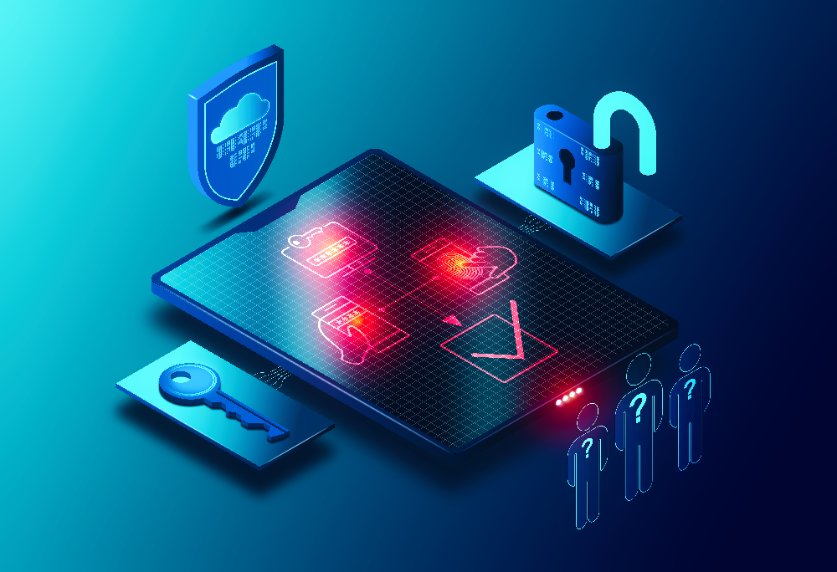

October 21, 2022
Ransomware remains the biggest cybersecurity threat. InfoSecurity reports, “Ransomware damages are expected to exceed $30 billion worldwide in 2023”. Every week the news reports a story about a powerful attack; however, many targets are small and medium-sized businesses that don’t make the headlines. Even if you can afford to pay the ransom, can your business survive the cost of restoring your network and computer storage function, downtime, and damage to your reputation? Deploying Multi-factor authentication (MFA) decreases the risk of ransomware and defends against other cyberattacks.
MFA, commonly referred to as two-factor authentication (2FA), adds a layer of authentication, deterring password theft and credential compromise attacks. It provides an extra tier of security to your accounts, data, and systems by requiring two or more pieces of information during the authentication process. There are three critical factors in MFA:
Implementing MFA is a vital tool that goes a long way in keeping your accounts secure; plus (as explained below), it’s easy to add, easy to use, and far more secure than a password alone. Three main benefits:
In addition to MFA, a couple of other steps you can take to protect your business include training your employees to recognize phishing attacks and developing an incident response plan in case you are attacked. If you need help or an evaluation of your current cybersecurity controls, our professionals are here to guide you.